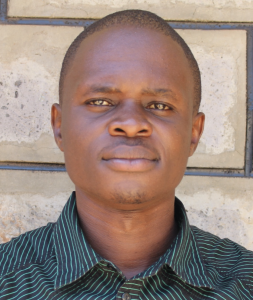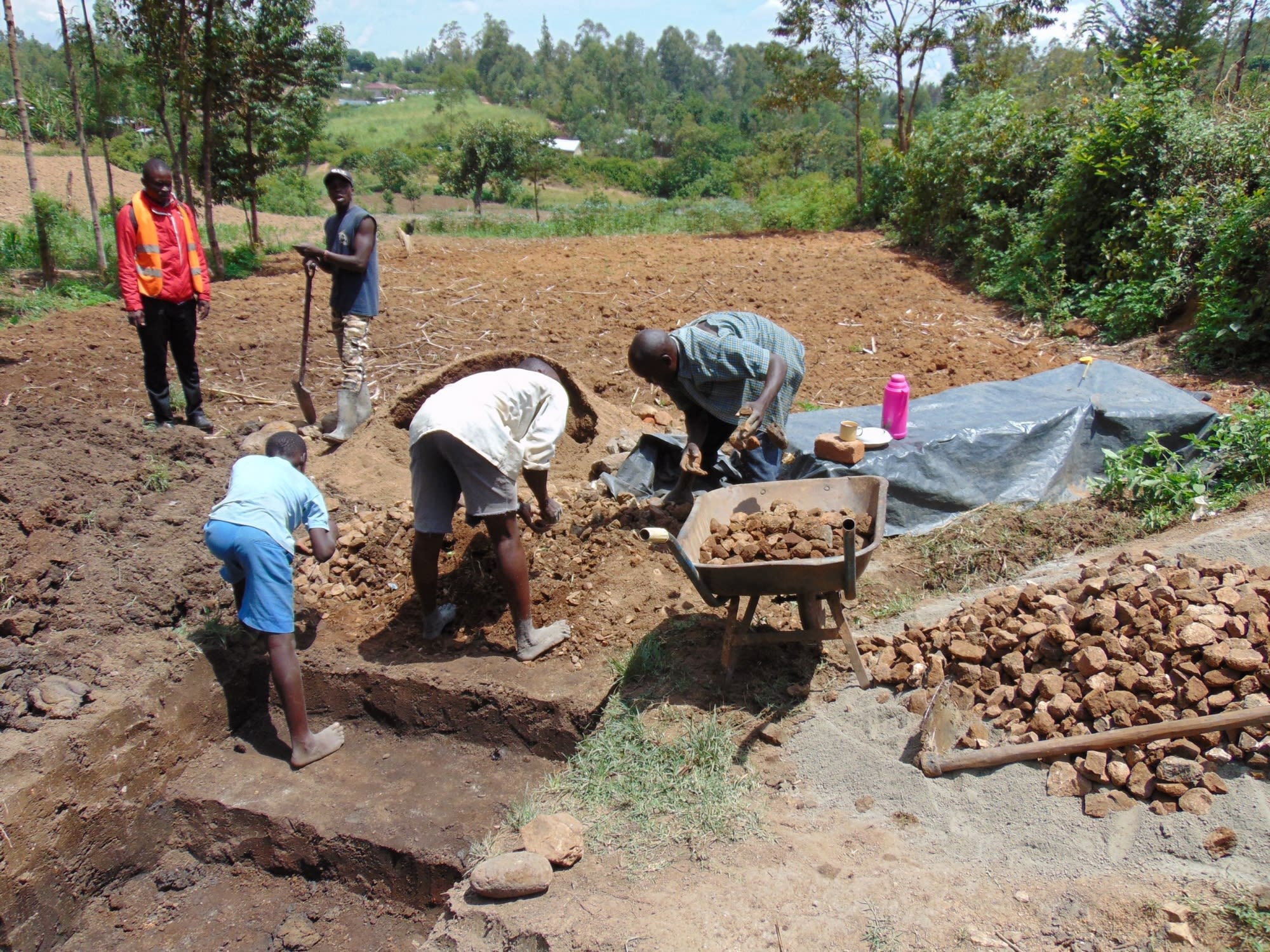Community members living in Mwichina fetch their water from an open spring. This spring is called Shihunwa Spring, and it serves 312 people. Though the water is dirty, they use it for drinking, cooking, cleaning, and all other needs.
They don't have a choice!
The water gets even dirtier and the banks get very muddy when it rains. To make it a little easier to fetch water, community members inserted a pipe where the water was coming out of the ground.
Community members have suffered for a long time due to the spring not being protected. Cases of typhoid have been a menace amongst spring users.
"As we all know, water is life. A shortage of clean, safe water leads to widespread waterborne diseases," said Mr. Andayi.
"Some years back, quite a number of our members contracted typhoid. This raised alarm in the entire village due to our loss of three of our members."
Community members do all they can to provide for their families. They run motorbike taxi businesses, farm sugarcane, and work in Kakamega Town as casual laborers. But when they're sick with typhoid or other dirty water-related issues, they struggle to provide and use any available money to pay for treatment.
What we can do:
Spring Protection
Protecting the spring will ensure that the water is safe, adequate and secure. Construction will keep surface runoff and other contaminants out of the water. With the community’s high involvement in the process, there should be a good sense of responsibility and ownership for the new clean water source.
Fetching water is predominantly a female role, done by both women and young girls. Protecting the spring and offering training and support will, therefore, help empower the female members of the community by giving them more time and efforts to engage and invest in income-generating activities.
Training
Community members will attend hygiene and sanitation training for at least two days. This training will ensure participants have the knowledge they need about healthy practices and their importance. The facilitator plans to use PHAST (Participatory Hygiene and Sanitation Transformation), CLTS (Community-Led Total Sanitation), ABCD (Asset-Based Community Development), group discussions, handouts, and demonstrations at the spring. One of the most important topics we plan to cover is the handling, storage, and treatment of water. Having a clean water source will be extremely helpful, but it is useless if water gets contaminated by the time it’s consumed.
Training will also result in the formation of a committee that will oversee operations and maintenance at the spring. They will enforce proper behavior around the spring and delegate tasks that will help preserve the site, such as building a fence and digging proper drainage. The fence will keep out destructive animals, and the drainage will keep the area’s mosquito population at a minimum.
Sanitation Platforms
On the final day of training, participants will select five families that should most benefit from new latrine floors.
Training will also inform the community and selected families on what they need to contribute to make this project a success. They must mobilize locally available materials, such as bricks, clean sand, hardcore, and ballast. The five families chosen for sanitation platforms must prepare by sinking a pit for the sanitation platforms to be placed over. All community members must work together to make sure that accommodations and food are always provided for the work teams.

 Protected Spring
Protected Spring
 Rehabilitation Project
Rehabilitation Project



































